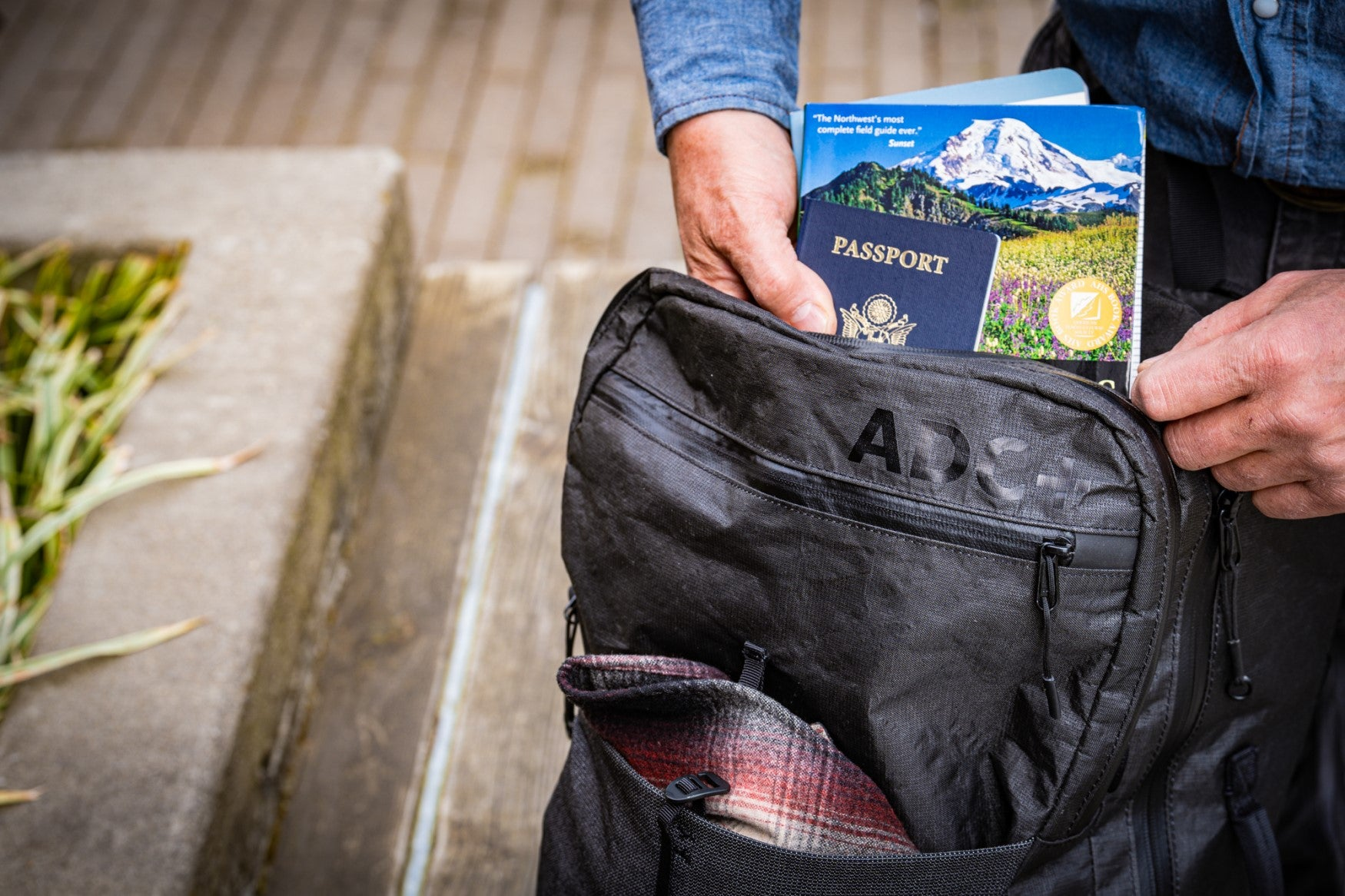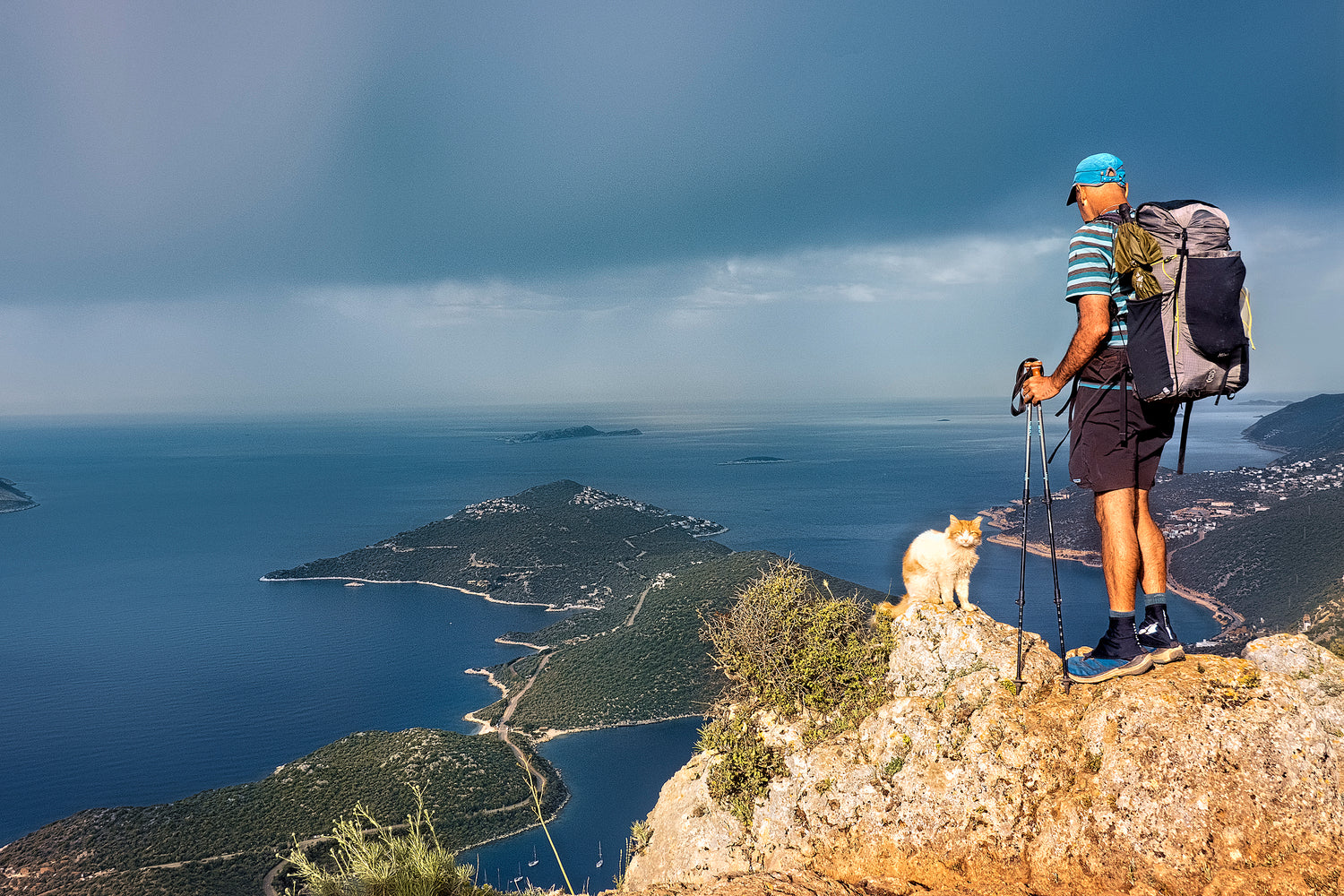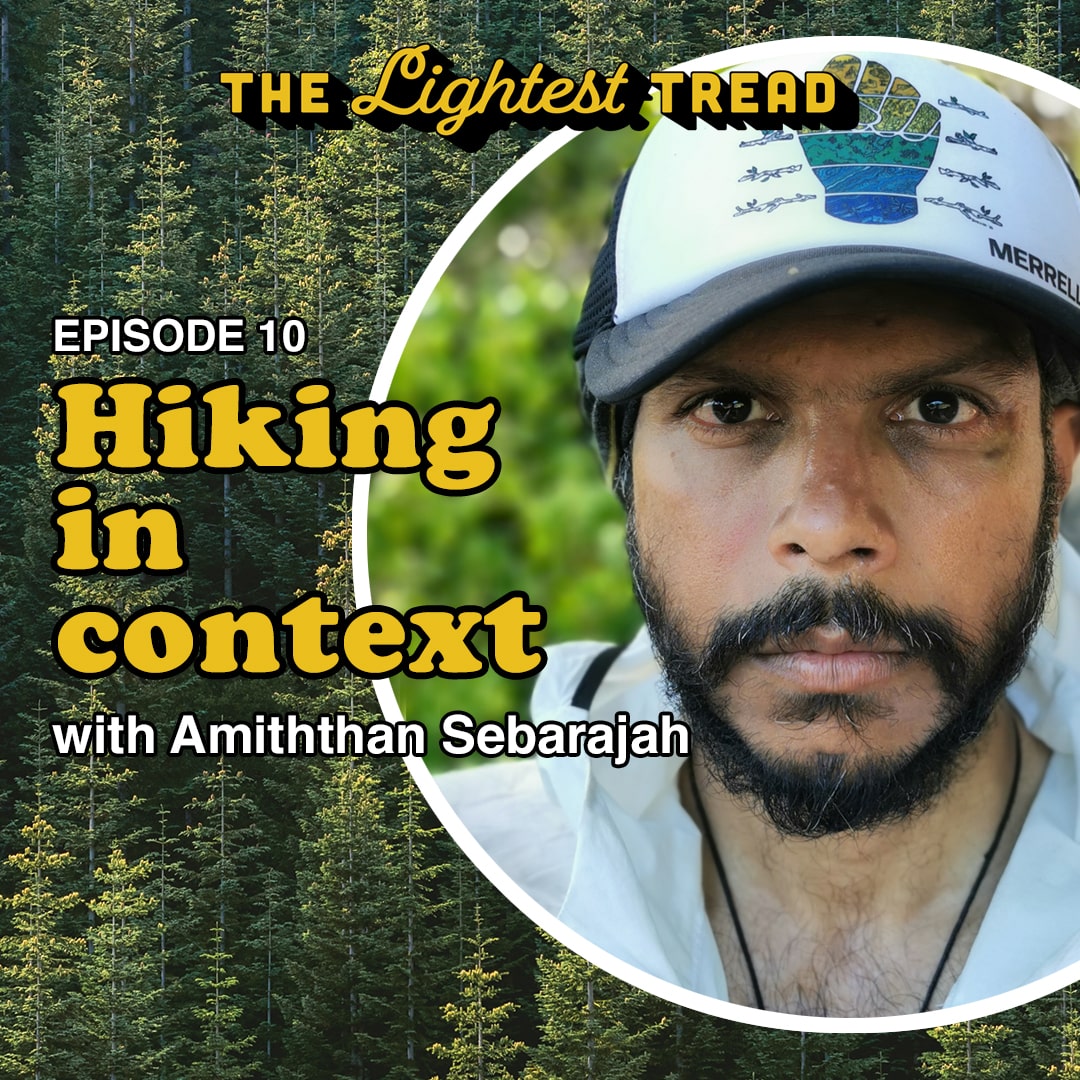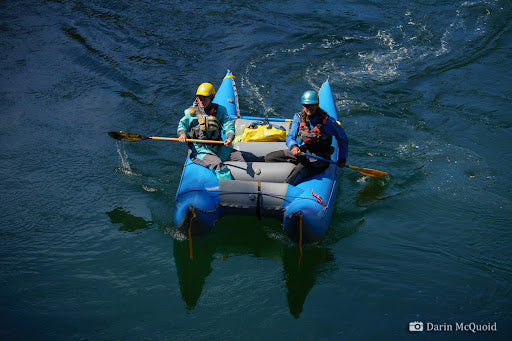We long distance hikers are an odd bunch. We can’t live without our daily dose of wilderness, without the challenges of putting on a pack with seemingly everything we need to survive, and getting our allotment of walking done each day. When we are off trail, we’re moaning, griping, and chomping at the bit to do a new one, and yet half the time while out on trail, we are missing good food, showers, wearing a different shirt, and trying to figure out how we can keep on financing such a lifestyle.
While I love going on self-supported adventures, at the same time I’ve enjoyed the comforts of international trekking that feature things like huts, or having a horse, yak, or porter carry my gear if it makes my journey more enjoyable, and in the end, I think all journeys on foot need some sort of a happy medium. Turkey’s Lycian Way pretty much strikes that balance, offering a fantastic under a month thru hike, combining white sand beaches, emerald bays, stony ascents into dramatic mountains, a chance to stroll through a slice of ancient history, as well as some knockout food and hospitality to boot.

My wife and I gravitate towards one month hikes. Long enough to get into a rhythm, log in some miles, test our gear, and feel like we’ve had an active vacation without becoming a marathon in persistence. With this in mind, the Lycian Way pretty much hit all the right buttons. The trail follows an ancient trade route along the southwestern corner of Turkey’s Mediterranean (Aegean) coast. Various organizations and websites give conflicting distances for the route, ranging from 509 to 760 kilometers depending on where you look, and when we realized that with transport to and from Istanbul, we’d only have about 28 days left on our one month visa, we wondered if we’d be able to complete the entire route. However, in reality, if one doesn’t add up some of the different variations of the route (there are a couple of coastal vs mountain routes on the last sections), the total was more like 465km from the starting point in Fethiye to Geyikbayiri near Antalya at the trail’s end.

The Lycian Way has been in existence since 1999, Turkey’s first long distance footpath. It was created by Kate Clow, a British hiker and historian who wanted to connect 18 ancient Lycian cities and Roman roads via a foot trail. The route follows a series of signed paths, mule trails, and even old Roman aqueducts as it makes its way past the remnants of rock tombs and sarcophagi through the mountains and along some of the country’s most spectacular coastline. The terrain includes secluded emerald bays, steep climbs into pine-clad mountains, scrambles across stony plateaus, and plenty of passages through traditional villages that feature old stone homes, fields full of blossoming trees, and a chance to experience local hospitality.

The best times to trek the Lycian Way are spring and fall, as summer sees scorching temperatures and winters are cold and wet. Much like high desert treks in the U.S., spring is the most optimal, as water sources are more prevalent. In our case, a spring start also meant that the coastal resort areas were just opening for the season, meaning we had them mostly to ourselves.
We decided to trek from west to east, as the eastern end of the Lycian Way passes through the highest mountain terrain of the trek, staying at over 6,000 feet for several days, and in early April, this section was still in snow. Meanwhile, as we climbed out of Fethiye and up onto the cliffs over Ölüdeniz, it was a balmy 70 degrees, the sun was warm, and the view down to the famed blue lagoon beach below was jaw-dropping. While Ölüdeniz had certainly changed from the sleepy hidden backpacker beach hamlet I’d visited some 35 years ago, I was generally pleased to see that much of this part of the Turkish coastline still was quite pristine, with limited development in most places, and the beautiful emerald bays still well protected by the steep limestone cliffs flanking them.

We initially thought we’d camp every night, but after a few days, realized that most of the villages we passed through had pensions that offered full bed and board at minimal cost, and a chance to meet the locals. After sampling a few, we were hooked, as almost every place served huge meals taken right from their gardens, with fresh olives, cheese, pesticide-free vegetables and fruit, and homemade hearty lentil soups, different jams and preserves, and of course endless cups of strong Turkish tea being served alongside the generous hospitality.
The route was incredibly varied. One day we’d be in a verdant mountain vale full of magical blossoming almond trees, while a day later we’d be clambering across limestone cliffs above stunning turquoise bays. We’d spend one night camped in atmospheric Lycian ruins, totally alone except for the history and goats surrounding us, and the next evening would find us perched up on top of cliffs looking out at the deep blue Aegean.


Other highlights included a climb up 7750 foot Mount Tahtali, camping near the ancient acropolis of Xanthos, and trekking through the eternal burning flame on Mount Chimaera. Known as Yanartaş in Turkish, this ancient Lycian site just near the Olympos ruins has an abundance of methane gas, which ignites from out of cracks in the rock and has been burning nonstop for 2,500 years!
While the western side of the route continuously comes down to the coast, to quaint Mediterranean towns like Kaş or stunning inlets around Kekova island, where one can snorkel to see underwater ruins, the eastern portion of the route really captivated us as wilderness lovers. The distances between villages here were longer, the mountain sections far more remote, and we passed through several national parks, the Yosemite-like Sivri Dağ Milli Parkı, and Olympos Beydagları National Park, where we were treated to entire forests full of wild peonies in full bloom.

While the Lycian Way is steep and stony, with few switchbacks or groomed trails like one finds in the U.S., the path is fairly well marked, with painted blazes and signage across much of the route. Given the rocky and potentially ankle-busting terrain, you won’t be doing many 25 mile days here, but at the same time, the often-plentiful pensions, campgrounds, and cafes ensured we had daily showers, access to great food, and little pressure to have to push on or make the miles as we’ve sometimes found in the U.S. Besides, being able to indulge in baklava for dessert after a day of hard hiking put this trek pretty high on my world walk list.

What was also most interesting is that the Lycian Way is still an old school type of trek. We met only a pair of other Americans and Canadians carrying ultralight gear. Pretty much everyone else had huge heavy packs right out of pre-2000. The majority of hikers on the Lycian Way are Russians and Ukrainians. Some were obviously escaping the ongoing war and its consequences, but when I asked several why this trail had become so popular for them, they said that some famous bloggers had put it on their radar, along with the fact that they could get here by bus and not need to fly, making it a cheap option!
The second most represented group of trekkers were local Turks, with many coming back 3-4 years in a row to complete section hikes. With our nifty looking Six Moons tent, packs, and other ultralight equipment, we had a lot of other hikers regularly come check us out and give a big thumbs up after seeing our kit.

On all my previous through hikes, even those of just a month, I’ve always lost a prodigious amount of weight, but on the Lycian Way, I actually finished a few pounds heavier. It was easy to see why, stopping a few hours into the morning for some fresh gözleme, Turkey’s ubiquitous breakfast “pancake” stuffed with meat and cheese, or rolling in after a tough day on trail to a hot shower, sitting down on a porch or in my camp chair with a cold beer and Turkish sweet in hand. This type of through hiking is easy on the body and soul, and we immediately started making plans to return. Maybe the newer 820km Carion Trail next time round!











Leave a comment
This site is protected by hCaptcha and the hCaptcha Privacy Policy and Terms of Service apply.